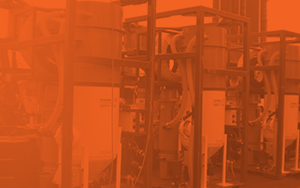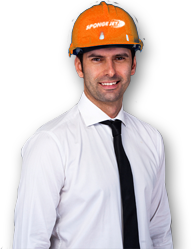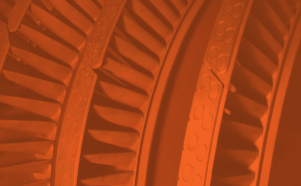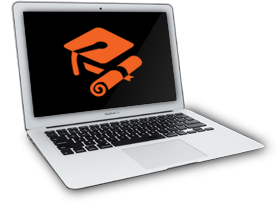Both Freshwater and Saltwater vessels see all sorts of contaminants and corrosion throughout their service life. Corrosion can threaten everything on ships, from power gen and water storage tanks, to their general structural integrity. In order to overcome these threats, proper surface preparation is key. While OSHA has found that abrasive blasting is the most common surface preparation technique in the marine industry, not every abrasive used for blasting is created equal.
When picking the best abrasive for your marine project, it’s important to consider every aspect of the process.Many ship owners are surprised to learn that the longevity of your ship's coating performance can be directly tied to surface prep. Navies around the world understand downtime in drydock is a killer. Many (including the United States Navy) use Sponge-Jet to prep their most critical components.

Engineering Spaces, Bilges, Tanks, and Control Rooms
When blasting in small areas surrounded by sensitive equipment, such as engineering and control rooms, an abrasive media with low rebound is essential in order to minimize potential damage. Abrasives such as coal slag and garnet are known to have high rebound rates, increasing the risk of damage and outages. The low rebound characteristics of Sponge Media™, however, allows for workers to prep surfaces in these areas with limited containment and a great reduction of risk to nearby equipment and electronics.
Not only does Sponge Blasting protect sensitive equipment, but it keeps workers safer than ordinary abrasives. With many of these tanks and engineering spaces being considered confined spaces, the low dust, and low rebound characteristics of blasting with Sponge Media™ allow for workers to maintain proper visibility while limiting exposure to the harmful coatings and contaminants being blasted.
Environmental Impact
While sometimes unavoidable, groups like the EPA monitor the environmental impact of blasting near bodies of water. According to DEQ orgs, surface preparation techniques such as abrasive blasting are some of the most significant sources of shipyard pollution and waste. This is because with most abrasives, once they hit the surface requiring blasting, particles of coatings and metals from the substrate are launched into the air and spread around the immediate area. When this occurs near bodies of water, it gives the particles an opportunity to enter channels and rivers through storm drainage or flooding, ultimately resulting in environmental damage.
When Sponge Media™ hits the surface, it creates a strong vacuum that pulls in the debris, trapping hazardous particles that would have otherwise become airborne, lowering the amount of dust created, and minimizing rebound. With proper containment, this allows the Sponge Media™ to be easily collected and recycled for reuse, keeping particles and fragments out of nearby waterways and reduces blasting waste streams up to 85%.
Weld Seams, Chlorides, & Contaminants
Every nook and cranny counts when it comes to surface preparation. While other abrasives may not be able to fully remove contaminants like chlorides from the smaller crevices of girders or weld seams, Sponge-Jet technology boasts these capabilities. Thanks to the high angularity of dry, low dust, low ricochet Sponge Media™ abrasives, you’re able to prepare even the most complicated areas of your vessel to the highest quality standard.
Sponge Blasting is also used for the removal of the toughest non-skid coatings, mil scale, and even invisible contaminants, such as chlorides comparable to an SP1 solvent clean. This leaves the surface cleaner with a more consistent surface profile than any other abrasives on the market.








